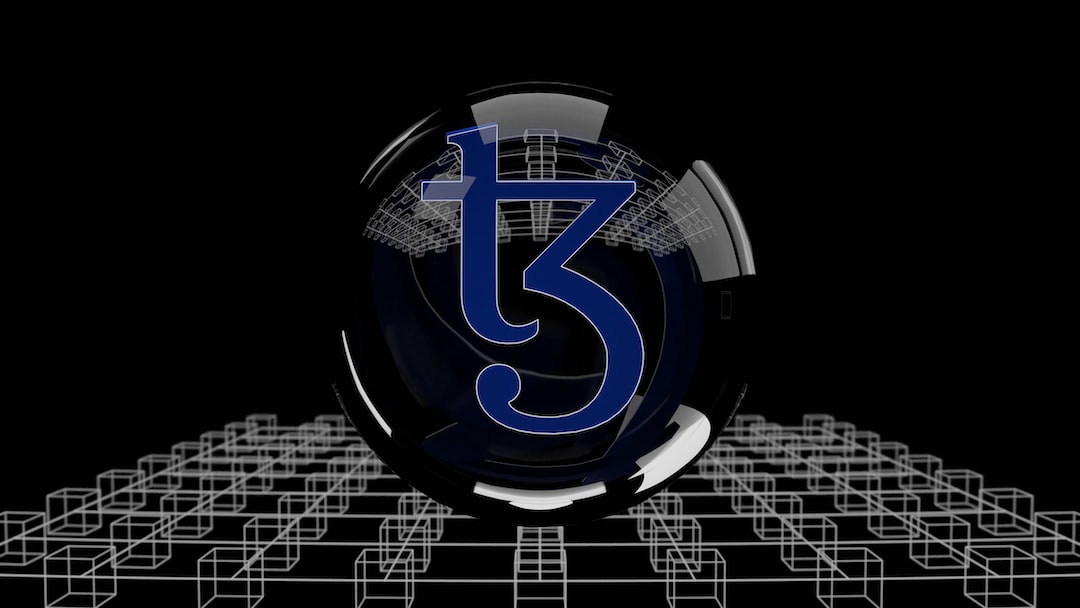Why Demand for Stablecoins Could Enhance the Dollar’s Global Power
The demand for dollars in the global economy is increasingly flowing into permissionless stablecoins, even as domestic policies and foreign efforts like a BRICS-issued currency could erode the greenback’s overall dominance.
Key Points:
- The U.S. dollar’s global dominance is at risk due to geopolitical tensions and de-dollarization efforts by BRICS nations and emerging markets.
- The Federal Reserve’s rate hikes have led nations to diversify their reserves away from the U.S. dollar.
- In countries with high inflation, residents turn to the U.S. dollar for stability and acceptance.
- Decentralized finance (DeFi) and stablecoins provide a solution for consumers seeking refuge from economic constraints.
- U.S. regulated fiat-backed stablecoins can offer the stability of the U.S. dollar combined with the advantages of cryptocurrency.
The regulatory landscape around stablecoins in the U.S. is evolving, with inquiries from the U.S. Senate highlighting the potential risks and benefits associated with these digital tokens. Jeremy Allaire, CEO of Circle, believes well-regulated stablecoins can reinforce the U.S. dollar’s position in the global economy by ensuring they are backed by secure assets. Stablecoins could also play a significant role in reducing the risks associated with the shadow economy by offering a more transparent and regulated alternative for transactions.
As private enterprises, stablecoin issuers have greater flexibility and potential for growth compared to alternatives like central bank digital currencies (CBDCs) or tokenized deposits. U.S. regulated fiat-backed stablecoins offer a potential strategy to counter de-dollarization efforts by leveraging the stability of the U.S. dollar and the flexibility of digital currencies.
Hot Take:
U.S. regulated fiat-backed stablecoins could serve as a valuable tool in maintaining the global financial influence of the U.S. dollar. By providing stability and flexibility, these digital tokens have the potential to mitigate the impacts of de-dollarization and solidify the dollar’s position in the global economy.





 By
By

 By
By
 By
By
